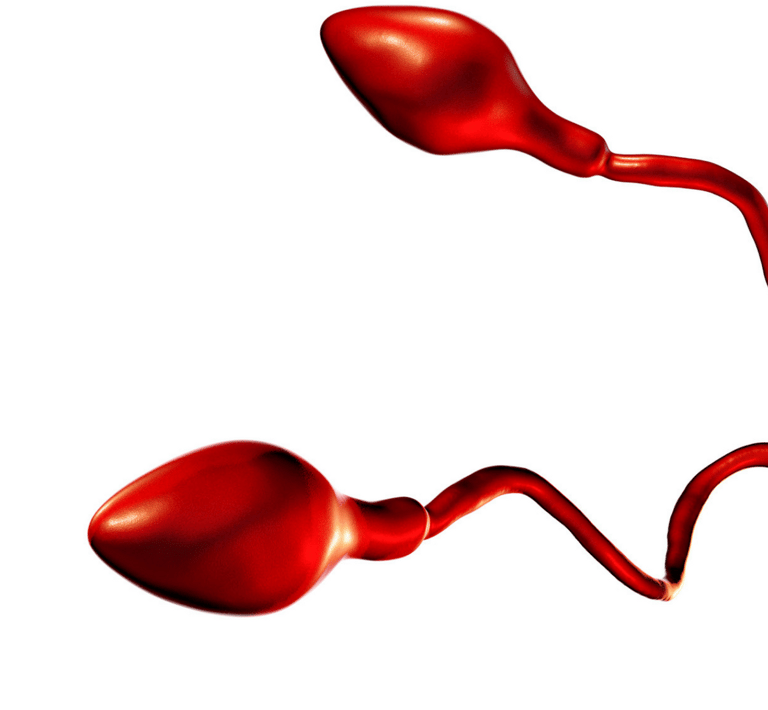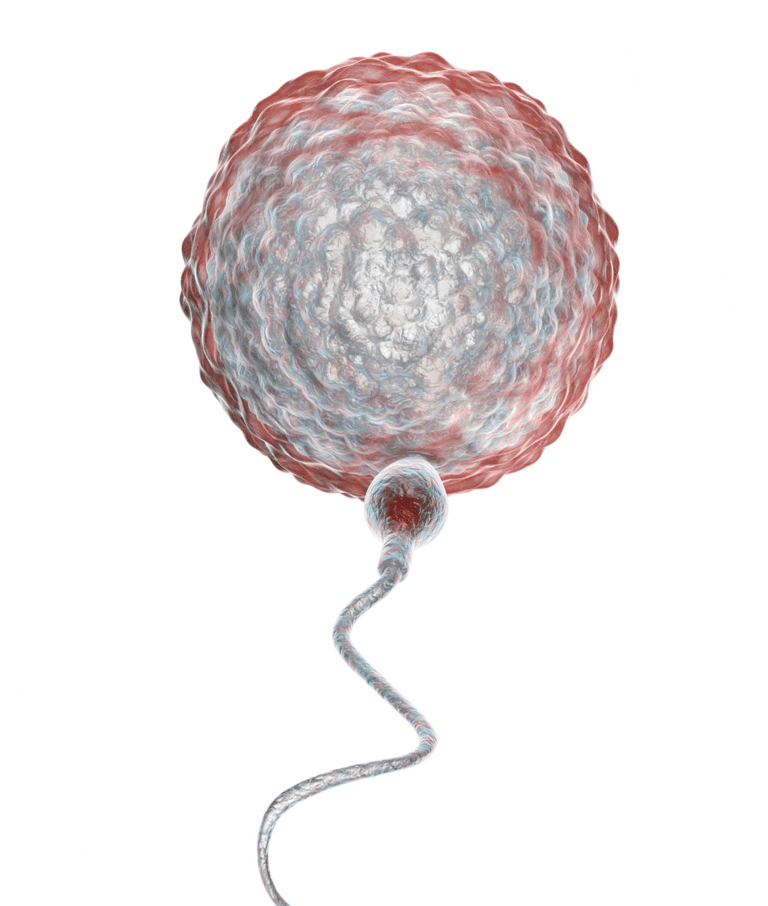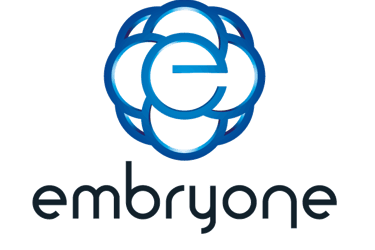ROSI Treatment
The word ROSI is an abbreviation of the words "Round Spermatid Injection". The first applications of the ROSI technique started in 1995. However, successful results were not obtained in the first applications.
The ROSI technique was developed in Japan in 2009 by Dr. It was started to be applied again by Tanaka and pregnancy was achieved with the method they developed.
The ROSI technique has been a hope for men who have no sperm in the semen (azoospermia) and who cannot obtain sperm from the testicles surgically.


What is ROSI Treatment ?
In order to understand the ROSI technique and spermatids, it is necessary to understand the stages of sperm production, which we call spermatogenesis.
There are main sperm cells in the sperm ducts in the testis, the main sperm cells pass through different developmental stages lasting approximately 70-90 days and turn into mature sperm cells. Initially, the main sperm cells have 46 chromosomes, and when these cells reach the spermatid stage, they undergo meiosis and the chromosome number decreases to 23.
Spermatids with 23 chromosomes are fertilized with eggs with 23 chromosomes, allowing a normal embryo with a total of 46 chromosomes to be obtained and pregnancy.


ROSI Treatment
After the urology and gynecology examination of the spouses, ROSI treatment is started with the egg stimulation needles of the woman on the 2nd day of menstruation, like standard IVF treatment, if there is no obstacle to the treatment. Micro TESE is performed on the male on the day of egg retrieval. Sperm cells taken with micro TESE are examined in the laboratory. Here, our first goal is to find mature sperm cells. After hours of examination by our experienced andrologists, mature sperm are collected, if any, and round and elongated spermatids if there is no mature sperm.


Some of the collected spermatids are frozen for use in the next ROSI application. The most important point here is to distinguish round spermatids with 23 chromosomes from sperm cells with 46 chromosomes. The oocytes/eggs obtained from the woman are stimulated with a method called piezoelectricity and are made ready to interact with the sperm, and then round/elongated spermatids are placed into the egg by microinjection method. Fertilization takes place approximately 17-24 hours after the microinjection procedure.
Embryo (fertilized egg) development is followed for the next 3 to 5 days and the best quality embryo/embros are transferred to the uterus of the expectant mother. The remaining embryos are frozen. With the completion of the embryo transfer process, approximately twelve days are expected for pregnancy to occur. With the ROSI technique, the pregnancy process generally continues the same as a normal pregnancy. In this process, expectant mothers should pay attention to their nutrition, should not go beyond the recommendations given by the doctor, and should definitely seek the advice of a doctor in cases where medication is required. In the event that pregnancy does not occur, ROSI can be applied again by transferring frozen embryos or thawing frozen spermatids and collecting eggs from the expectant mother in the following months.


